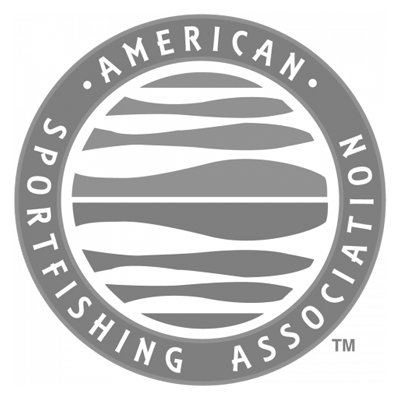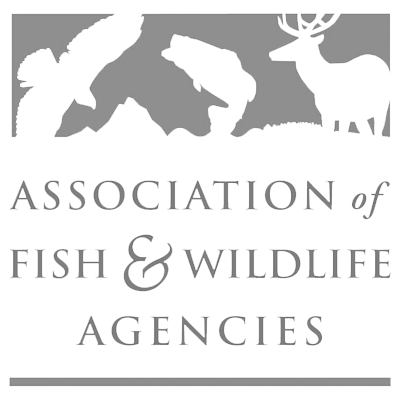Fishing Manufacturers and Conservation
Promoting Fisheries Conservation and Angling
For more than half a century, America’s fishing equipment manufacturers have shared a partnership with state and federal biologists through the Dingell-Johnson Act — a partnership that funds remarkable fisheries conservation and supports anglers at the same time.
This partnership would be impossible without you, the craftspeople and business owners who help fund the Sport Fish Restoration grants. Our Partner with a Payer initiative invites you to join us to see how your success helps conserve fish in our lakes, rivers, and oceans, and helps keep these waters wild, clean and accessible to all.
Celebrating 75 Years of Sport Fish Restoration
For 75 years funding distributed through the Sport Fish Restoration Act has delivered public access to America’s waterways, extraordinary angling opportunities, boating safety, fish habitat management, fish management and research, clean water, and improved human health and well-being.
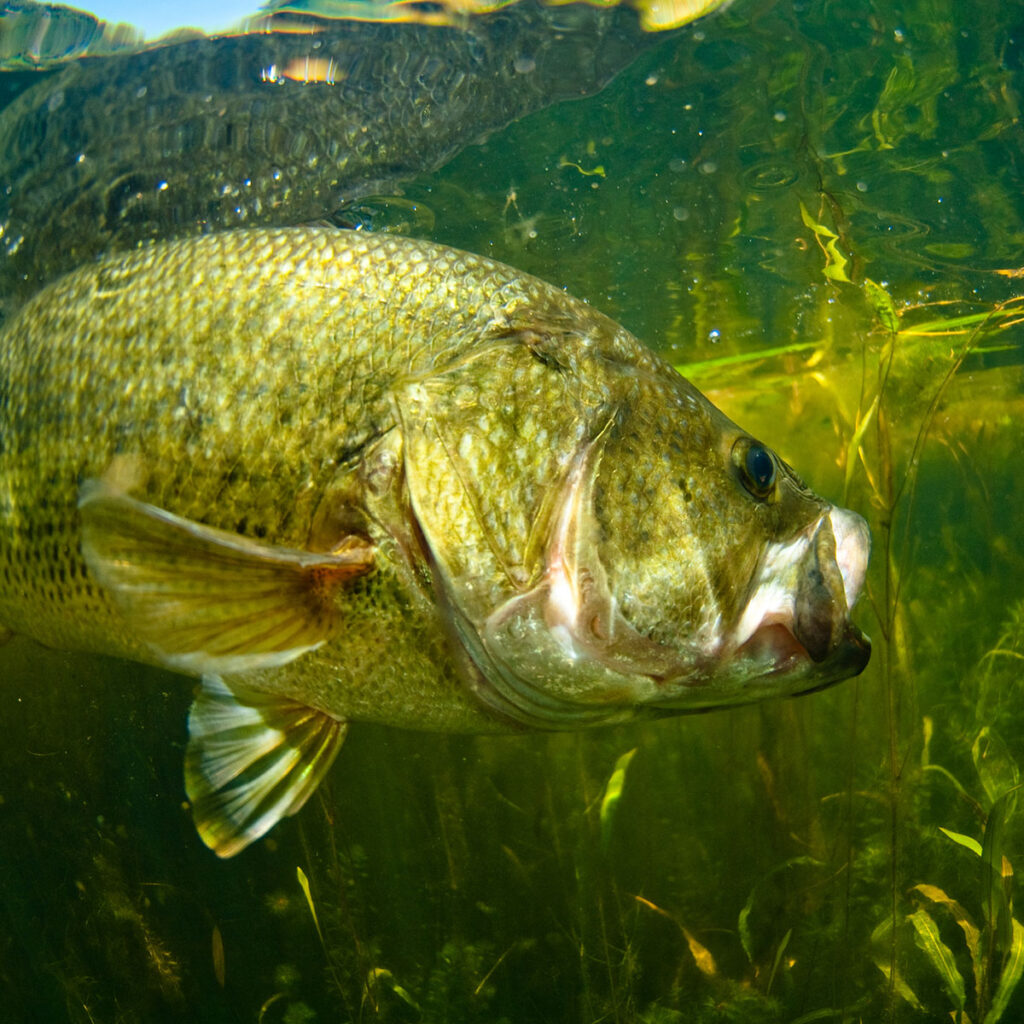
Restoring fisheries
Biologists study, monitor and manage more than 200 species of fish with federal excise tax funds, like the many grants used for black bass conservation. Once called “the most abused of all American game fish,” the largemouth and smallmouth bass fishery is now one of America’s finest.
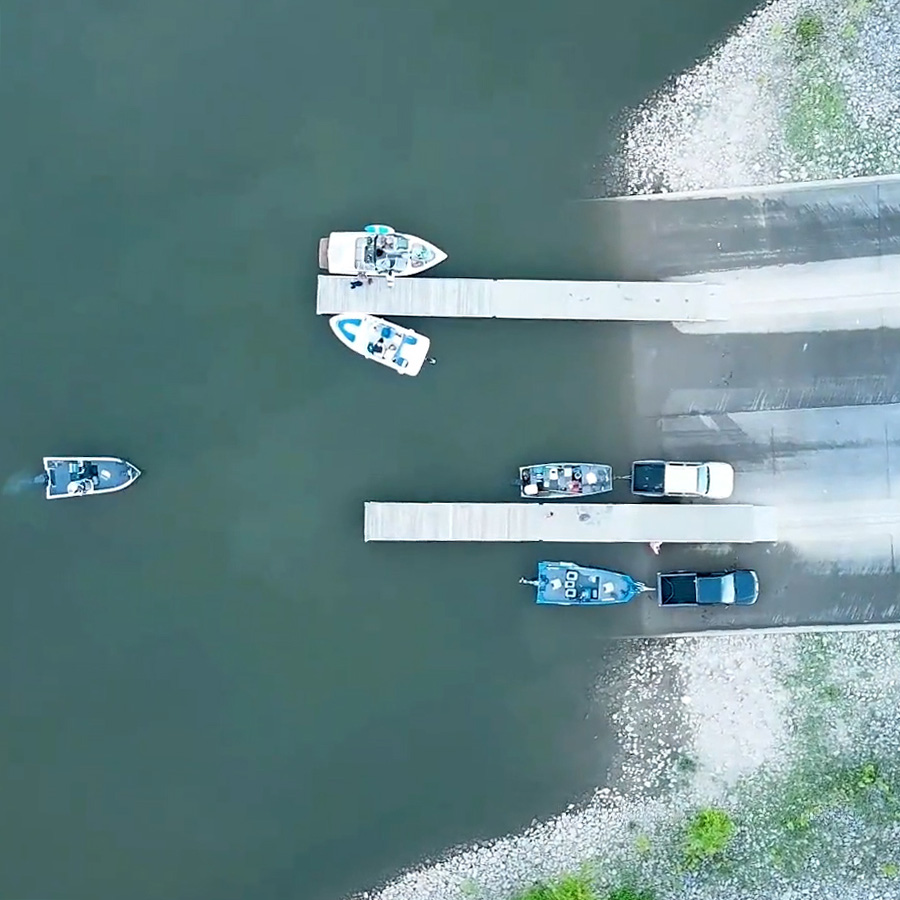
Providing public access
In the past eight years, 319 new fishing and boating access sites have been constructed with federal excise tax funds. In total, more than 8900 public boating and fishing areas are maintained by Sport Fish Restoration funds.

Welcoming new anglers
Every year, almost 1.5 million people receive aquatic education supported by federal excise tax funds, like the hundreds of students that go through the Florida Conservation Commission’s fishing and boating camps each year.
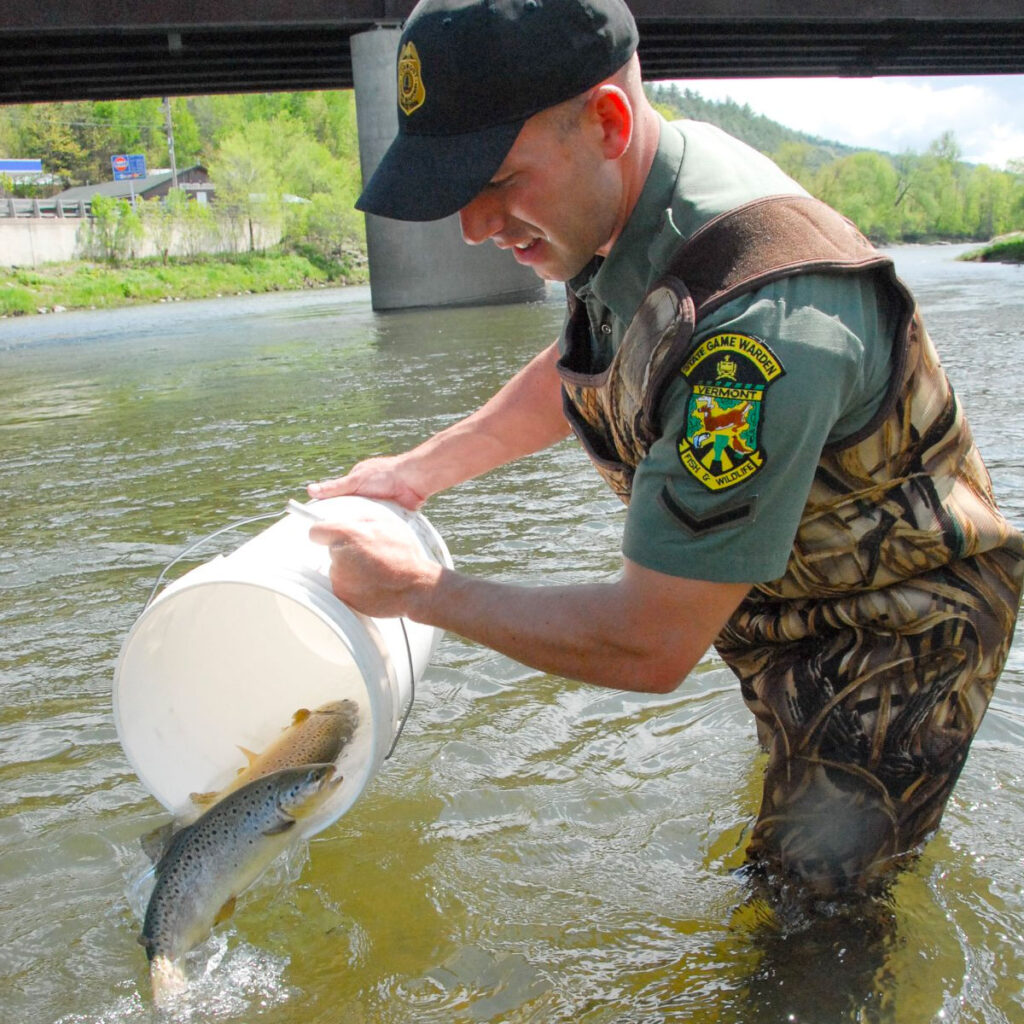
Raising and stocking fish
Every year, 1 billion fish of more than 77 species are produced by 321 state fish hatcheries across the country, like this one in Vermont — all funded by Sport Fish Restoration grants using federal excise tax dollars.
Pennsylvania Partnerships
Highlighting Fish Conservation in Pennsylvania
The Pennsylvania Fish and Boat Commission manages sport fish, and maintains or creates new boating and angler access through a three-way partnership dating to 1950. Learn how excise taxes paid by the tackle and boating industries shape conservation and outdoor recreation alongside the U.S. Fish and Wildlife Service and the Commission.
Partner with a Payer: Angling
Sport Fish Restoration Successes
Partner with a Payer strengthens the ties between the people who make a successful conservation partnership work — the manufacturers that pay federal excise tax through the Wildlife and Sport Fish Restoration Acts, the state agencies that conserve wildlife and habitat across the country, and the U.S. Fish and Wildlife Service’s Office of Conservation Investment.
Did you know?
Sport Fish Restoration grants use federal excise taxes from manufacturing to ensure abundant fish and healthy habitat, increase angler access to millions of acres of fishable water, and welcome new people into the sport through education — a productive trifecta that ultimately benefits manufacturers.
Funding for Partner With A Payer
The Sport Fish Restoration Act authorizes a 10% federal excise tax on fishing equipment, a 3% tax on electric boat motors and tackle and fly boxes, import duties on tackle, pleasure boats and yachts, and a portion of the federal gas tax that is attributable to motorboats and small engines. The tax on equipment is paid by the manufacturer of these goods and the retail price includes the federal excise tax. These funds are apportioned to the states on an annual basis based on a formula. State fish and wildlife agencies must provide at least 25 percent of the grant project’s costs. This tax system is referred to as a “user pay – public benefit” system.
Sport Fish Restoration Webinar
Hosted by the Office of Conservation Investment & the American Sportfishing Association
This webinar was hosted by the American Sportfishing Association (ASA) and the U.S. Fish and Wildlife Service’s (USFWS) Office of Conservation Investment (CI) to provide a better understanding about the Sport Fish and Boating Trust Fund.
In The News

Angling, Firearms & Ammunition

Angling, Research
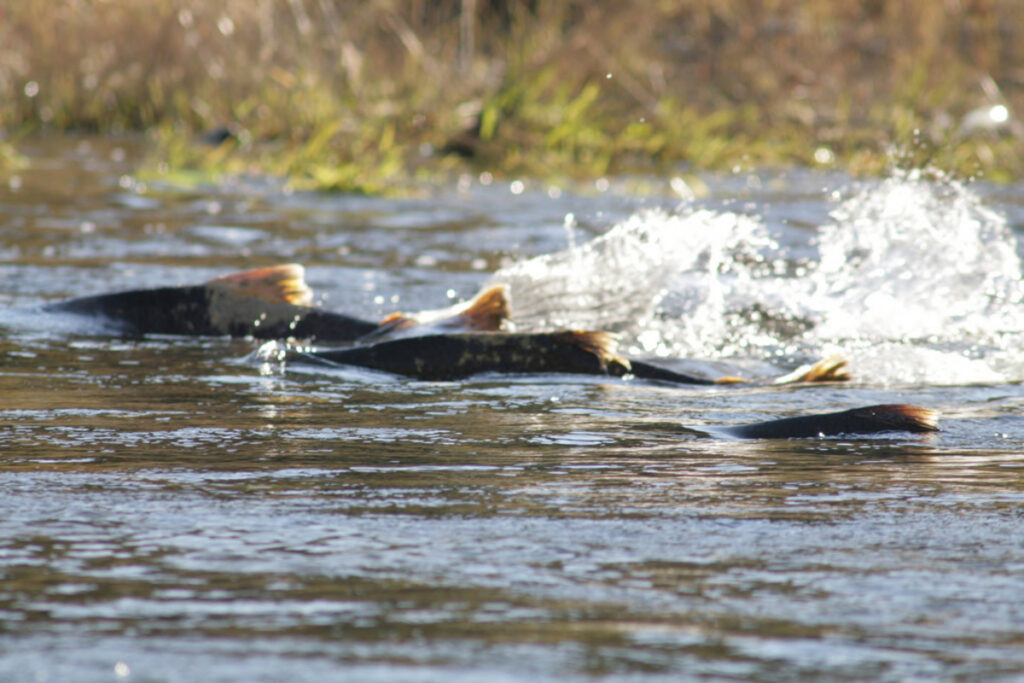
Angling, Management, News


